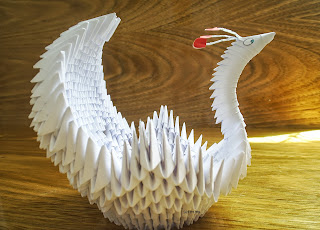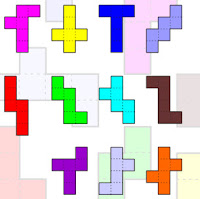Sit that kid down in front of a computer and she can do
anything. She doesn’t need instructions to figure it all out. She not only
plays computer games, but she creates them. She also blends video and music
together effortlessly. She likes to take things apart, but there is no
guarantee that she will put them back together in the same way. Building with
Legos was always one of her favorite activities when she was younger. Now, she
likes to create her own inventions and loves the cartoonist,
Rube Goldberg. Drawing
comes naturally to her, and she is constantly producing her own cartoons and
comic strips.
Young people who have a strong visual-spatial ability
visualize and retain images in their minds and then mentally manipulate those
images. Kids who have this ability may be very smart but, because they learn in
a style that is different from the usual sequential and verbal style of the
classroom, they may not be a good match for the typical school.
Don’t lose heart if your visual-spatial child struggles
academically; instead, support his or her strengths at home and through
enrichment classes. At the same time, there are techniques you can use to help
your student adapt to school. For some of these suggestions, check out the
Visual-Spatial Resource. You also can find a series of articles for both parents and teachers on a
variety of topics related to visual-spatial ability at
Visual-Spatial Learners
. In addition, much more information can be found about visual-spatial learners
at
Hoagies’ Gifted Education Page
.
So, take heart. Your visual-spatial child has talents that
will serve him well. He may not learn in the same way that many other kids
learn, and he may need help with compensation techniques at school, but because
of his strong visual-spatial ability, he will excel in areas in which others
have difficulty.



